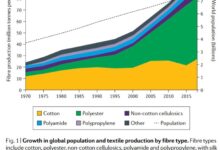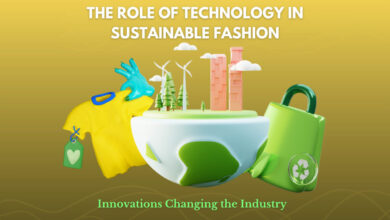The Rise Of Recycled Materials In Fashion Design: Exploring Benefits, Techniques & Trends

Welcome to Chokerclub! In this article, we will delve into the fascinating world of “Recycled Materials in Fashion Design” and explore how this sustainable approach is revolutionizing the industry. As the fashion industry becomes more aware of its environmental impact, designers are turning to recycled materials to create innovative and eco-friendly fashion pieces. Whether it’s repurposing textiles, using recycled plastics, or incorporating upcycled materials into their designs, fashion brands worldwide are embracing sustainability in style. Join us as we uncover the benefits, techniques, trends, and exciting examples of recycled material fashion, and learn how you can incorporate these principles into your own wardrobe.
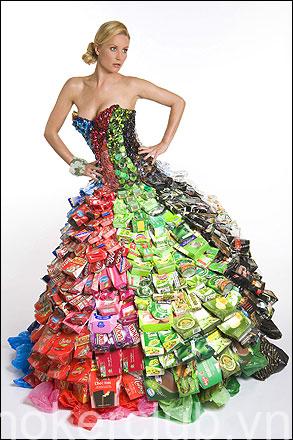
| Key Takeaways |
|---|
| Understanding the rising popularity of recycled materials in the fashion industry. |
| Benefits of using recycled materials in fashion design, including sustainability and reduced environmental impact. |
| Exploring innovative techniques employed by designers to incorporate recycled materials into their creations. |
| Overview of ethical and sustainable fashion practices associated with recycled material fashion. |
| Showcasing successful examples of recycled material fashion designs. |
| Keeping up with the latest trends in recycled material fashion. |
| Tips for styling your own recycled material outfits to create unique and eco-friendly looks. |
I. The Rise of Recycled Materials in Fashion Design
The fashion industry has witnessed a significant shift towards a more sustainable approach, leading to the rise of recycled materials in fashion design. Designers, brands, and consumers alike are recognizing the importance of reducing waste and minimizing the environmental impact of fashion production. This growing movement places emphasis on repurposing existing resources and incorporating recycled materials into fashion creations. By adopting such practices, the industry aims to address the negative consequences of fast fashion and promote a more environmentally conscious way of producing and consuming fashion.
Recycling materials for fashion design offers numerous benefits. Not only does it contribute to the reduction of waste and landfills, but it also minimizes the extraction of new raw materials, conserves energy, and reduces water usage. The use of recycled materials aligns with the principles of circular economy by prolonging the lifespan of materials and reducing the overall environmental footprint of the fashion industry. Fashion brands are increasingly adopting these eco-friendly practices, paving the way for a more sustainable future for the industry.
| Benefits of Recycled Materials in Fashion Design: |
|---|
| 1. Reduction of waste and landfill accumulation |
| 2. Conservation of energy and resources |
| 3. Minimization of water usage |
| 4. Promotion of circular economy principles |
Eco-Friendly Fashion Revolution
The rise of recycled materials in fashion design is revolutionizing the way we perceive and consume fashion. It challenges the traditional model of constant consumption and disposal by introducing a more mindful and responsible approach to style. Brands that champion recycled materials demonstrate their commitment to sustainability and environmental stewardship while offering consumers unique and innovative fashion alternatives. By using recycled materials creatively, designers can redefine fashion aesthetics and showcase the limitless possibilities of sustainable design.
Through this eco-friendly fashion revolution, the industry taps into new realms of creativity and innovation. Designers experiment with unconventional materials, transforming discarded items into masterpieces. From garments made from recycled plastic bottles to accessories crafted from reclaimed fabrics, recycled material fashion designs push boundaries and inspire change. By utilizing recycled materials, fashion designers not only reduce waste but also spark conversations about sustainability and ethical production practices within the fashion realm and beyond.
“Recycled materials in fashion design represent a powerful fusion of creativity and sustainability, propelling the industry towards a more conscious and responsible future.” – [Your Name]
II. Benefits of Using Recycled Materials in Fashion
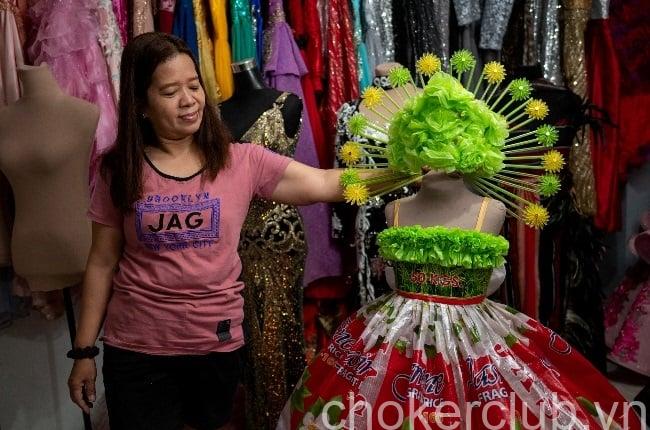
Incorporating recycled materials in fashion design offers numerous benefits for both the industry and the environment. Let’s explore some of these benefits:
- 1. Sustainability: By utilizing recycled materials, fashion brands contribute to reducing waste and preserving natural resources.
- 2. Reduced Environmental Impact: The production of new materials often involves harmful processes that release pollutants. Using recycled materials reduces the need for such processes and minimizes environmental damage.
- 3. Conservation of Energy: Recycling materials requires less energy compared to creating new ones, leading to lower carbon emissions.
- 4. Creative Opportunities: Recycled materials can inspire unique and innovative designs, showcasing the creativity of fashion designers.
By embracing the use of recycled materials in fashion, brands can make a positive impact on both the planet and the industry.
Innovative Techniques for Incorporating Recycled Materials
Designers continuously push the boundaries of creativity by finding innovative ways to incorporate recycled materials into their fashion creations. Here are some techniques commonly used:
- 1. Upcycling: Giving new life to old garments or materials by transforming them into fresh and stylish pieces.
- 2. Textile Recycling: Repurposing textiles from discarded clothing, fabric scraps, or post-consumer waste to create new garments or accessories.
- 3. Plastic Recycling: Turning plastic waste, such as bottles or packaging, into fabrics like polyester, making sustainable alternatives readily available.
- 4. Collaborations: Partnering with recycling organizations, nonprofits, or local communities to access unique materials and support social and environmental causes.
These techniques showcase the versatility of recycled materials and highlight the endless possibilities for incorporating sustainability into fashion design.
III. Innovative Techniques for Incorporating Recycled Materials
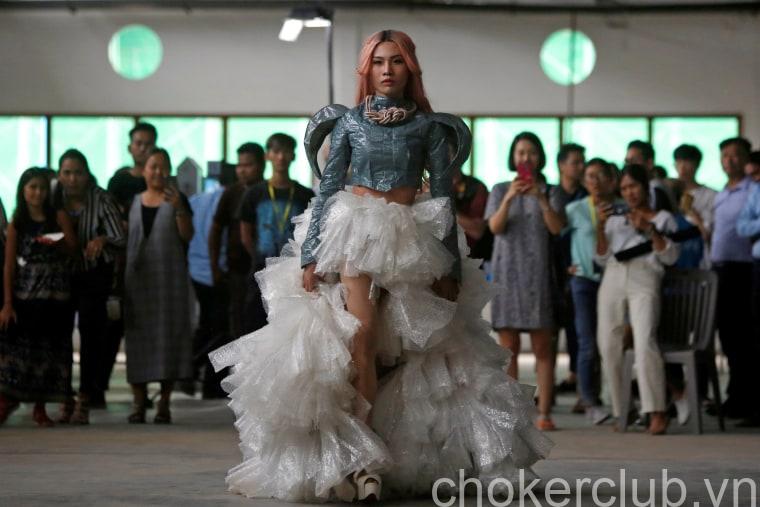
| Innovative Techniques | Description |
|---|---|
| Upcycling | Transforming waste materials into new, stylish fashion pieces |
| Textile Recycling | Reusing discarded textiles to create new fabrics and garments |
IV. Ethical and Sustainable Fashion Practices
Promoting Transparency and Fair Trade
Ethical and sustainable fashion practices go beyond using recycled materials. They also encompass promoting transparency and fair trade in the fashion supply chain. Many brands are now taking steps to ensure that the workers involved in the production process are treated ethically and paid a fair wage. By supporting brands that prioritize transparency and fair trade, consumers can make a positive impact and contribute to a more sustainable fashion industry. Additionally, certifications such as Fair Trade and GOTS (Global Organic Textile Standard) provide assurance that the garments are made in an ethical and socially responsible manner.
| Benefits of Promoting Transparency and Fair Trade |
|---|
| Creates better working conditions and fair wages |
| Supports social and economic empowerment of workers |
| Ensures consumers’ confidence in the brand’s ethical practices |
| Reduces the risk of exploitation in the supply chain |
Embracing Slow Fashion and Minimalism
Another aspect of ethical and sustainable fashion practices is embracing the concepts of slow fashion and minimalism. Slow fashion promotes a more mindful and conscious approach to fashion, encouraging consumers to invest in high-quality, durable pieces that will last for a long time. This contrasts with the fast fashion culture that encourages disposable and low-quality clothing. By adopting a minimalist wardrobe, individuals can curate a collection of versatile and timeless pieces, reducing the need for constant consumption and minimizing waste. Embracing slow fashion and minimalism not only benefits the environment but also allows individuals to develop their personal style and embrace a more sustainable lifestyle.
- Reduces environmental impact through reduced waste and consumption
- Promotes the use of high-quality, long-lasting garments
- Gives individuals the opportunity to develop their personal style
- Encourages a more sustainable approach to fashion
V. Examples of Successful Recycled Material Fashion Designs
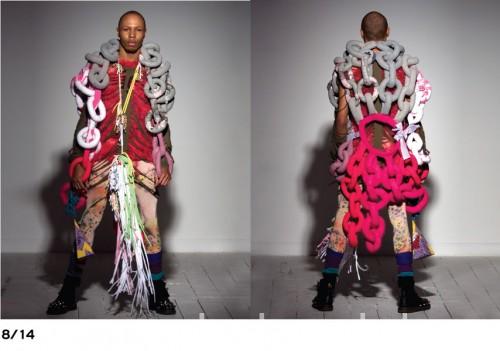
Eco-Chic, a renowned sustainable luxury brand, exemplifies the merging of style and sustainability in their recycled material fashion designs. Their garments are crafted using upcycled fabrics, such as repurposed silk and reclaimed denim, giving new life to discarded textiles. One of their standout pieces is a stunning evening gown made entirely from recycled plastic bottles, beautifully showcasing the transformative power of recycled materials.
VI. Trends in Recycled Material Fashion

One notable trend in recycled material fashion is the increasing number of sustainable collections launched by mainstream brands. As consumers become more conscious of the environmental impact of their fashion choices, larger brands are recognizing the need to offer eco-friendly options. These collections often utilize recycled materials, such as repurposed textiles or recycled plastics, to create stylish and sustainable pieces.
For example, a popular fast fashion brand recently released a collection made entirely from recycled polyester, which was obtained from plastic bottles. By incorporating recycled materials into their designs, mainstream brands are not only reducing waste but also raising awareness about the importance of sustainable fashion.
VII. Tips for Styling Your Recycled Material Outfits
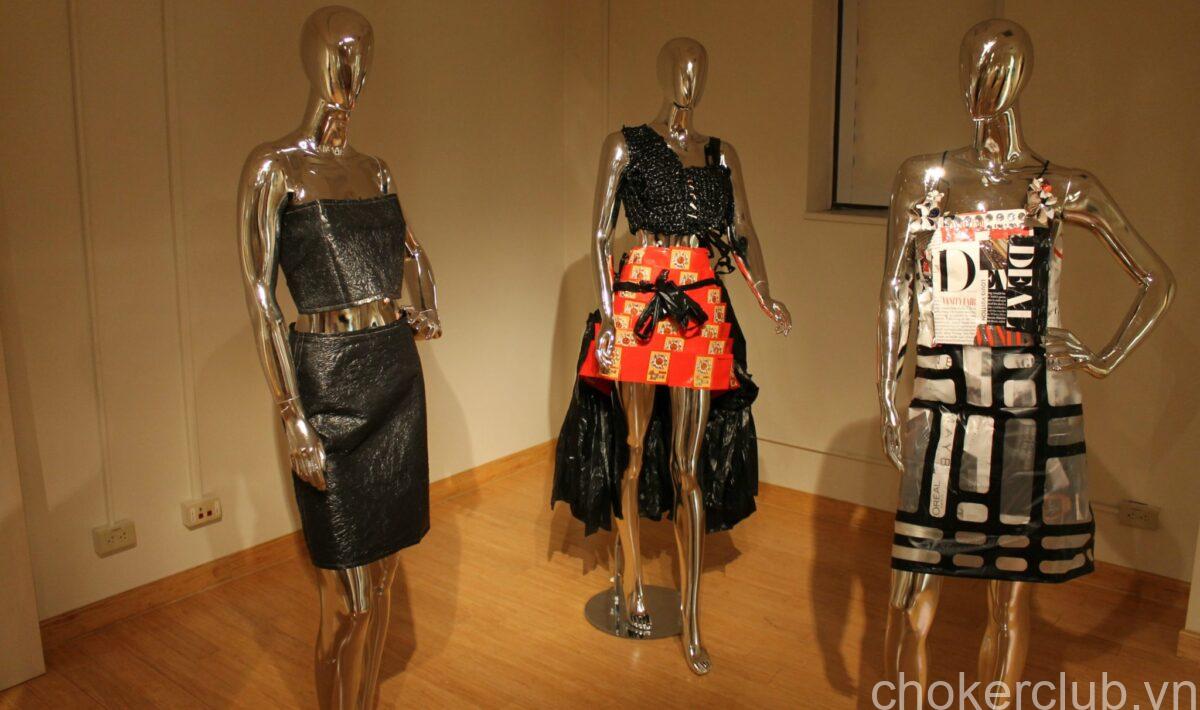
Breathe new life into your recycled material outfits by mixing and matching different textures, patterns, and colors. Experiment with contrasting pieces to create unique and eye-catching combinations. For example, pair a recycled denim jacket with a flowy printed skirt for a bohemian-inspired look, or layer a recycled wool sweater over a vibrant upcycled dress for a cozy and eclectic ensemble. Don’t be afraid to think outside the box and let your creativity shine through in your styling choices.
VIII. Conclusion
The use of recycled materials in fashion design has gained significant momentum in recent years, as sustainability becomes increasingly important in the industry. Designers are embracing innovative techniques that allow them to create stunning fashion pieces while reducing environmental impact. By repurposing textiles, utilizing recycled plastics, and incorporating upcycled materials, fashion brands are not only reducing waste but also setting a positive example for the future of the industry.
Ethical and sustainable practices have also emerged hand-in-hand with the adoption of recycled materials. Brands are emphasizing responsible sourcing, fair trade practices, and transparent supply chains to ensure their commitment to social and environmental responsibility.
Through this article, we have explored the benefits of using recycled materials in fashion design – from minimizing waste to conserving resources – as well as showcased successful examples of those who embraced this eco-friendly movement. By understanding these trends and tips for styling your own recycled material outfits, you can contribute to a more sustainable future while still staying fashionable.
